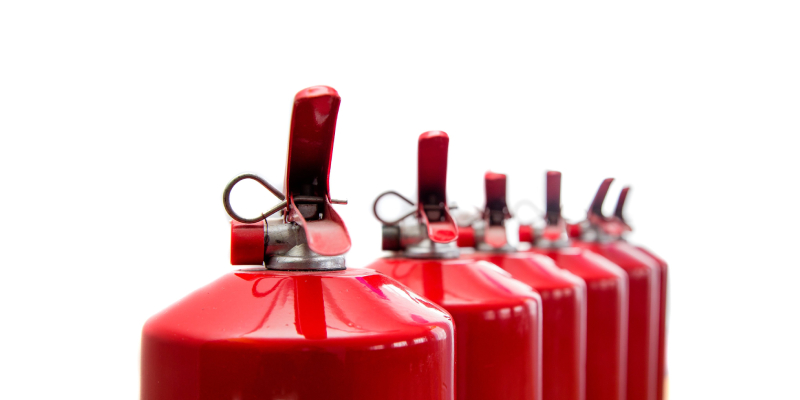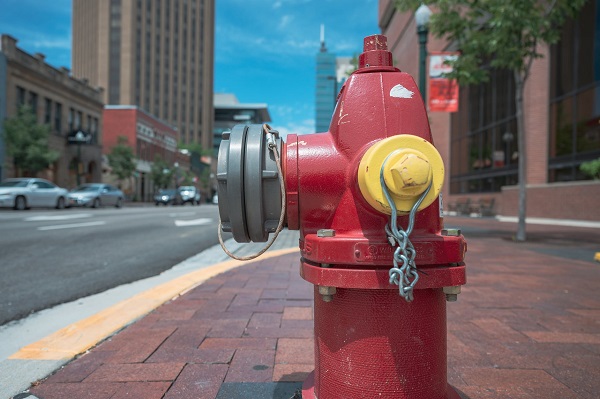
Why Is Fire Safety Important In Schools?
Fire prevention is the most important issue that a school should deal with. The school must put in place all necessary school fire safety measures. A safety framework is a set of guidelines that include familiarity with space, participants, and response procedures. Fires threaten human life and property and can cause significant disruption to the school year, emotional distress for students, and a significant repair and reconstruction bill. Fire safety in schools is critical for all these reasons.
Here are a few practical suggestions for incorporating fire safety into your daily routine as a school administrator from the best international school in Chennai (https://www.internationalvillage.org/). Read on to learn more.
How Can Schools Become Fire-Safe?
Fire prevention is a continuous process that should be updated and reviewed regularly. Here is a comprehensive list of practical tips that schools must follow to make it fire-safe. Contact your local fire department for assistance in developing a fire prevention plan.
- First and foremost, educate your students about fire safety and express your gratitude for following the rules, behaving appropriately, and assisting their classmates. In the event of a fire, students should follow clear and safe escape routes.
- To assist children with special needs during a fire emergency, establish a buddy system.
- All employees should understand fire safety systems to prevent fires. When there is a fire, designate a safe zone outside the school building where everyone can flee if there is an emergency.
- Fire safety drills should be practised frequently to reinforce the lessons taught in the fire safety plan. To teach children about fire safety, take advantage of online tools and websites that offer engaging games and activities. Students with special needs should be paired with an adult.
- Fire safety measures include fire alarms, fire extinguishers, fire drills, fire exits, fire escapes, etc. Ensure that these measures are available at schools. A fire meeting place must be marked and easily identifiable, and it must be located far enough away from the school grounds.
- Fire Prevention and Fire Safety measures must be incorporated into the initial school design and tested regularly.
- Student firefighters should instruct students on properly using fire fighting equipment and electrical wiring. Schools should also make sure that the electrical wiring is checked regularly.
- Fire-resistant trees and shrubs should be planted around your school to prevent fires from spreading. Trim shrubbery and trees around buildings to reduce the risk of fire.
- Place your trash bins far away from the building to prevent a fire from spreading.
- Collaboration with local fire prevention and child safety advocacy organisations can be extremely beneficial for educating and protecting your students from fire.
- Fire safety education should be included in the curriculum, and teachers should be trained on how to exit the building in a fire. Students should be paired with adults in the event of a fire, and fire drills should be scheduled regularly.
- Establish a routine for fire safety precautions. Fire sprinkler systems are important to prevent fires from spreading outside of a contained area, and decontamination showers are important in science labs.
- A fire safety plan should include the school’s physical scenario, demographics, and emergency response plan. If you have comprehensive fire prevention and evacuation plan in place, review it regularly to ensure that it is comprehensive. Best schools in Chennai strictly follow a fire safety plan in their schools.
- Check the sprinkler system, the building structure, the equipment, and the electrical system of your school regularly. Ensure those fire extinguishers are refilled regularly, fire detection systems are operational, and electrical systems are in good working order.
- Encourage your neighbours to notify school officials if they notice any signs of vandalism.
- Fire officials must inspect and test the heating and fire-prevention systems in buildings annually, and students should understand where fire alarms are located.
- Campus fire safety recommendations also include: Closing the door and unplugging the microwave, keeping an eye on lab experiments and using flammable gases and chemicals away from heat sources.

In a fire, follow these steps to avoid smoke inhalation.
- The fire alarm must be activated, and the students must leave the building calmly and orderly.
- In a fire, school personnel and teachers must ensure that fire exits, alarm stations, and stairwells are unobstructed.
- If a fire breaks out at your child’s school, make your way to the nearest exit as quickly as possible.
These fire safety tips are intended for students in elementary, middle, and high schools but can also apply to college buildings. Schools should take all these measures seriously and mandatorily.
